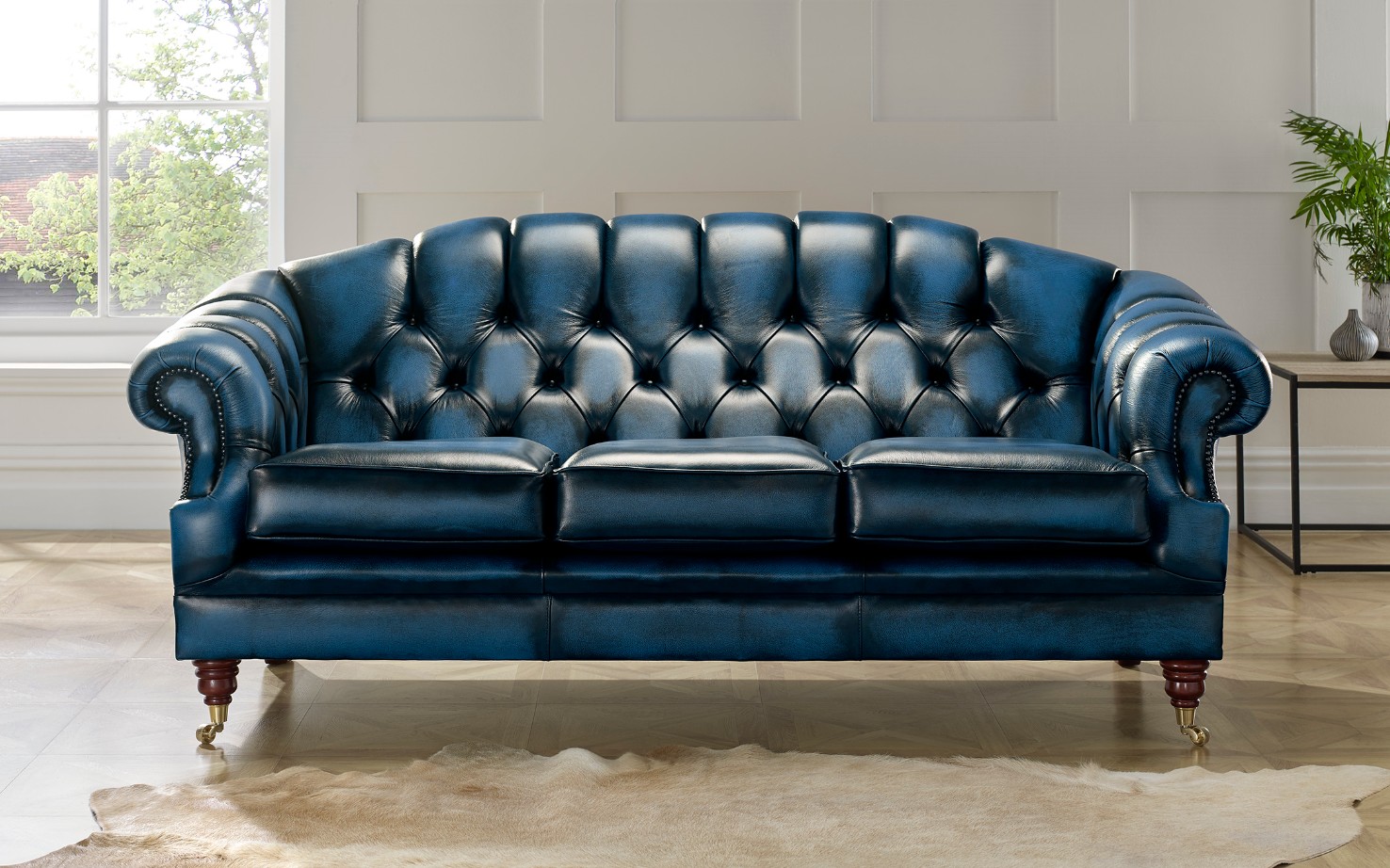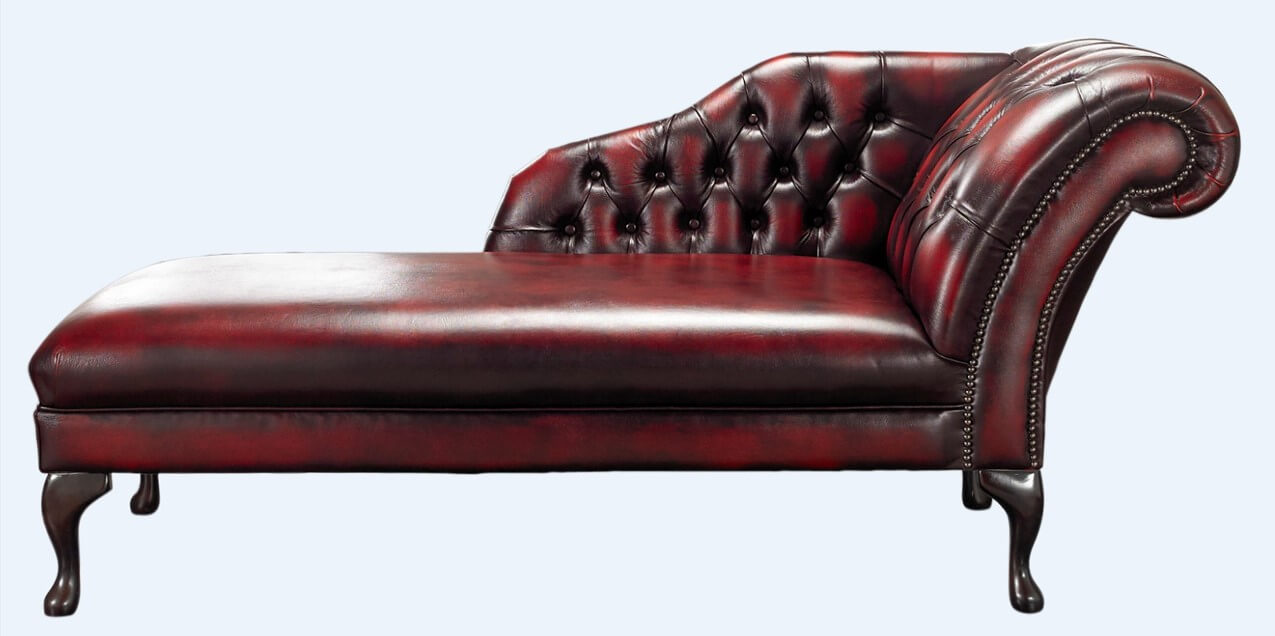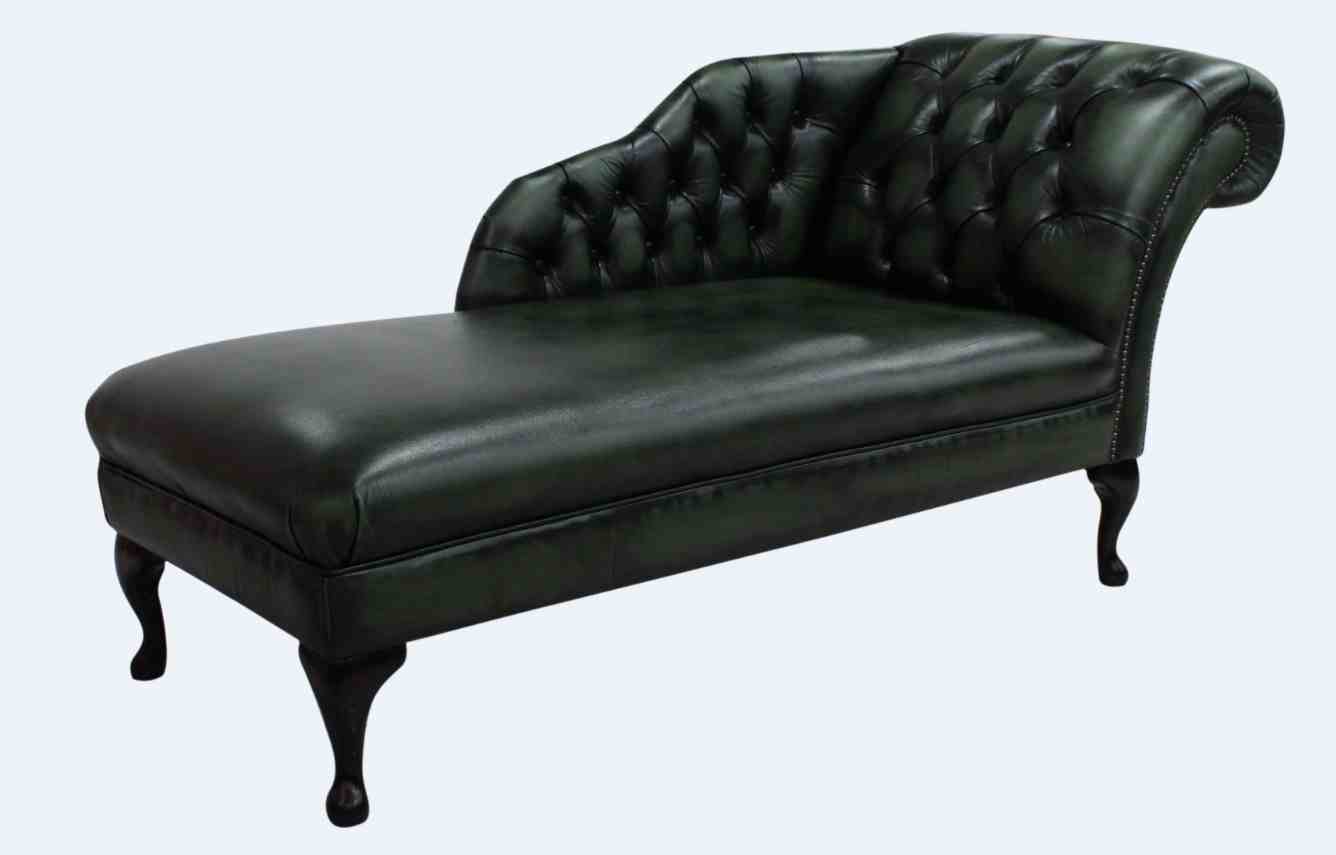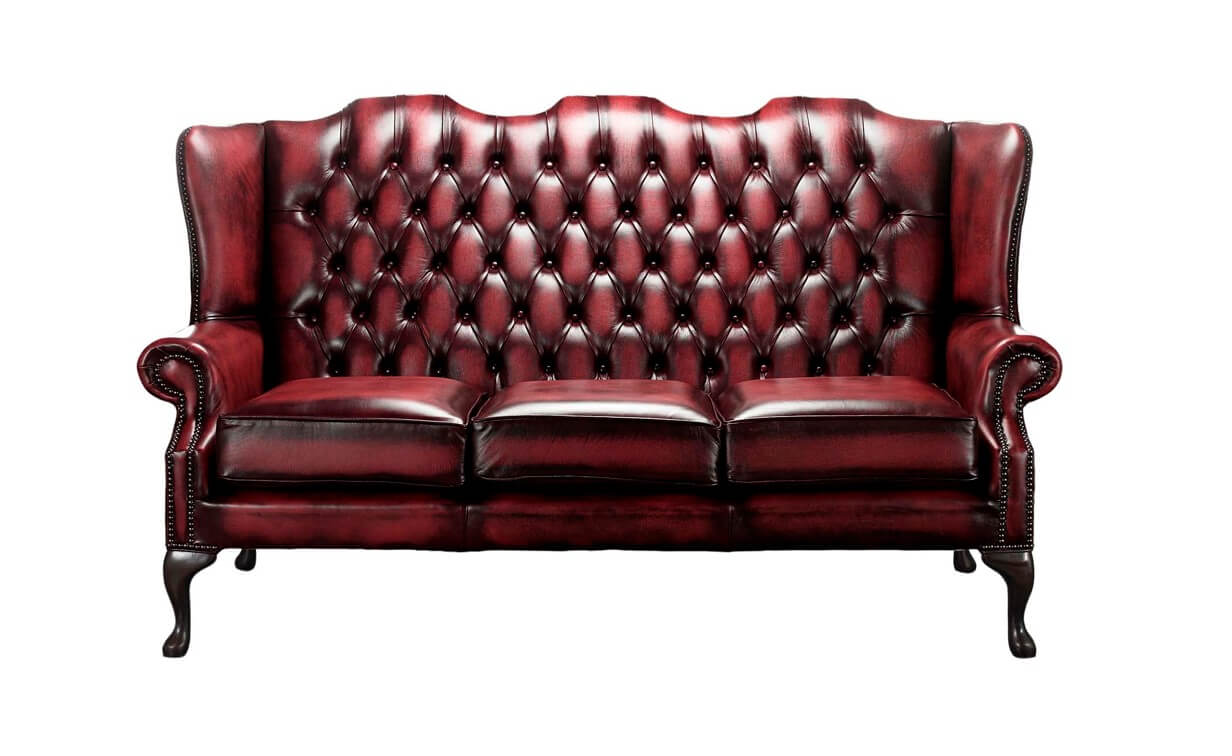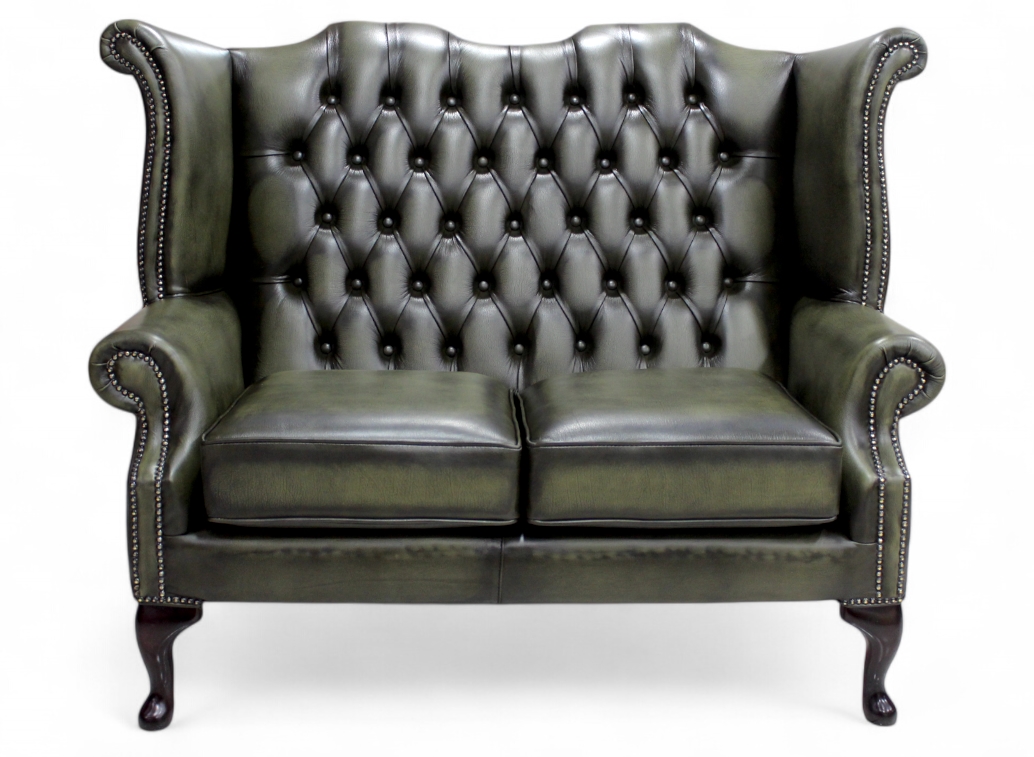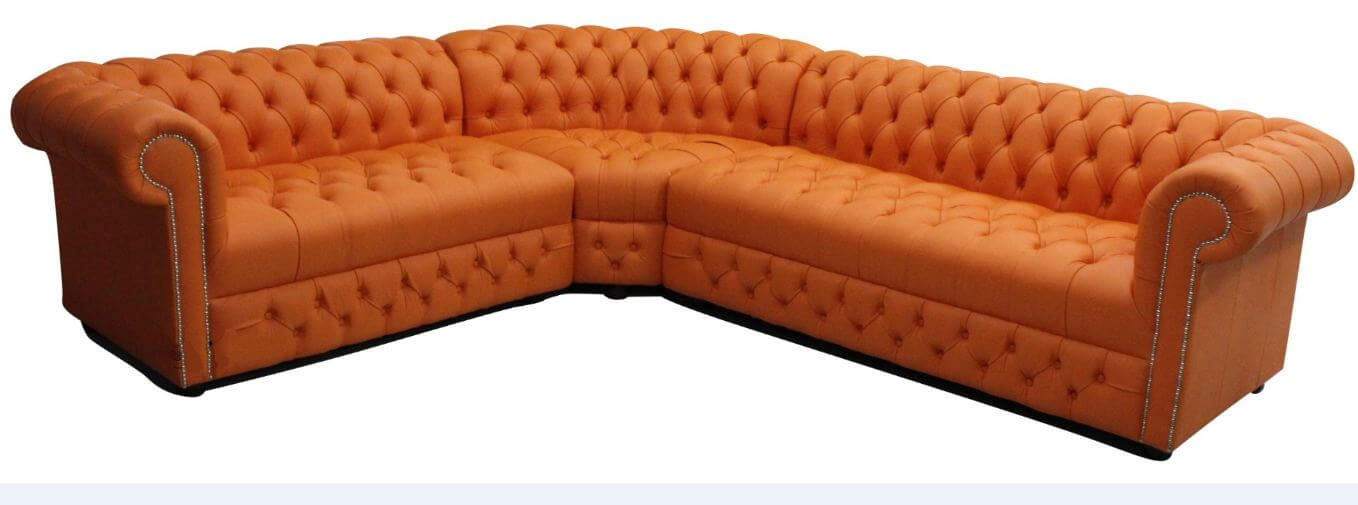Lord Philip Stanhope was the fourth Earl of Chesterfield, which explains where the name ‘Chesterfield sofa’ comes from. As an admired politician, he was somewhat of a trendsetter. But how exactly did these first few Chesterfield sofas become world-renowned? It’s thought that on his deathbed, Lord Stanhope told his butler to ‘give Mr. Dayrolles a chair’, intending his butler to pull up a seat for his godson, Mr. Dayrolles. However, his butler interpreted this to mean that the Chesterfield chair should be passed onto him and arranged for it to be transported to his home.
It wasn’t long before other wealthy members of the upper-class society had their own Chesterfield sofas and chairs commissioned for their homes, cementing the style as a sign of wealth and class.
The Chesterfield in the Victorian era
During the Victorian era in the mid-19th Century, Chesterfield sofas became hugely popular. Previously, furniture had been designed to be practical, rather than comfortable, however, this soon changed during the new century.
The original Chesterfield sofa were filled with horsehair and tufting to help them to keep their shape. This, along with the absence of a suspension system, will have made them awfully rigid and unforgiving to sit on for long.
Additionally, the buttoning wasn’t previously deep-set, meaning they would have dug into the legs of those who sat on a Chesterfield. However, the deep buttoning – which has become an iconic feature of a Chesterfield – was introduced during the Victorian era to improve comfort.
Chesterfield Sofas as a Status Symbol
Chesterfield sofas became somewhat of a status symbol, appearing only in the homes of the wealthy, surrounded by truly grand décor.
Their popularity soon grew and became a fixture in many exclusive gentlemen’s clubs in London, providing a comfortable setting for London’s wealthiest men to sit, relax, drink and dine. In fact, you can still visit some of the clubs today and experience an original Chesterfield sofa, which is testimony to their incredible durability.

